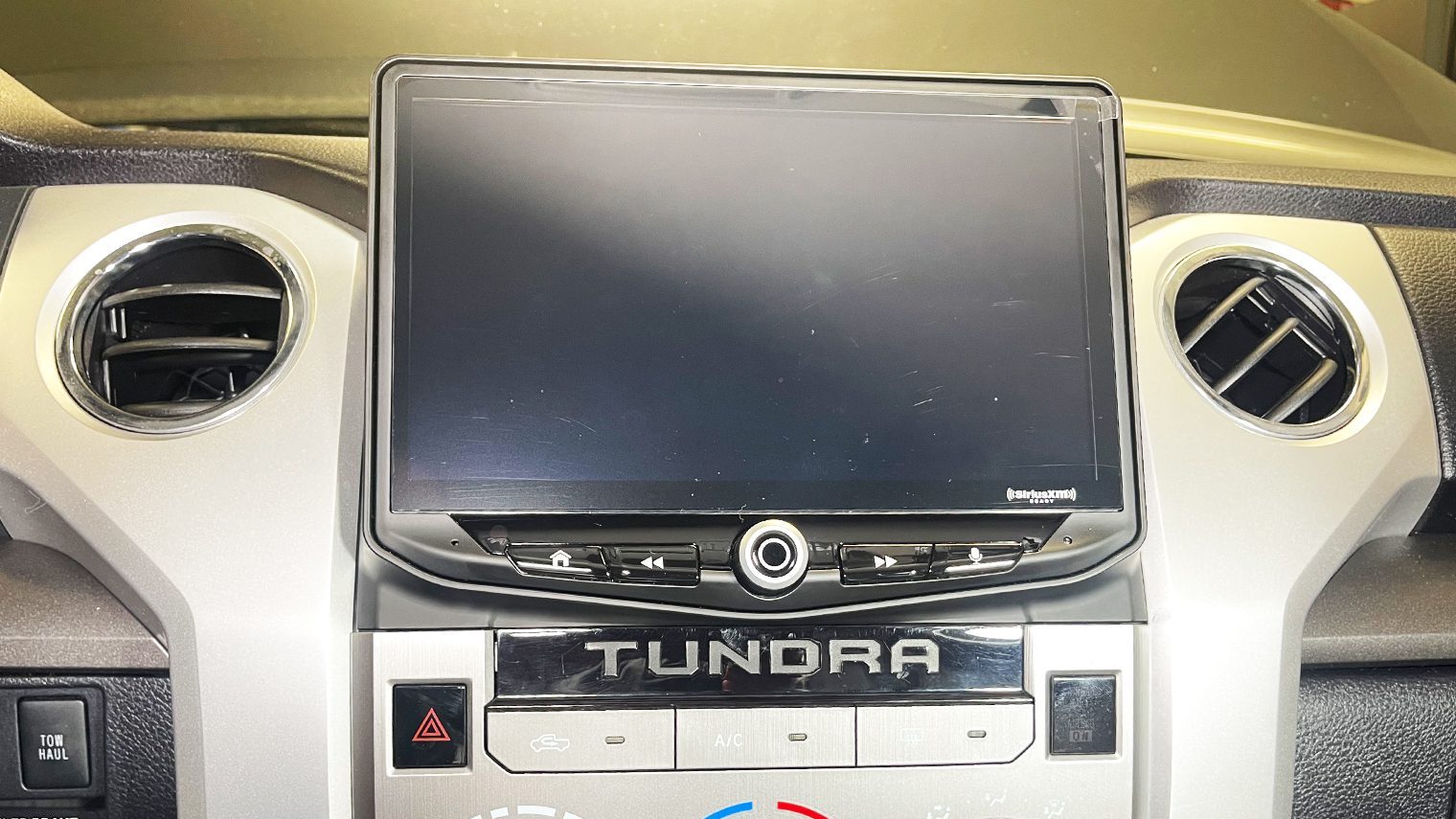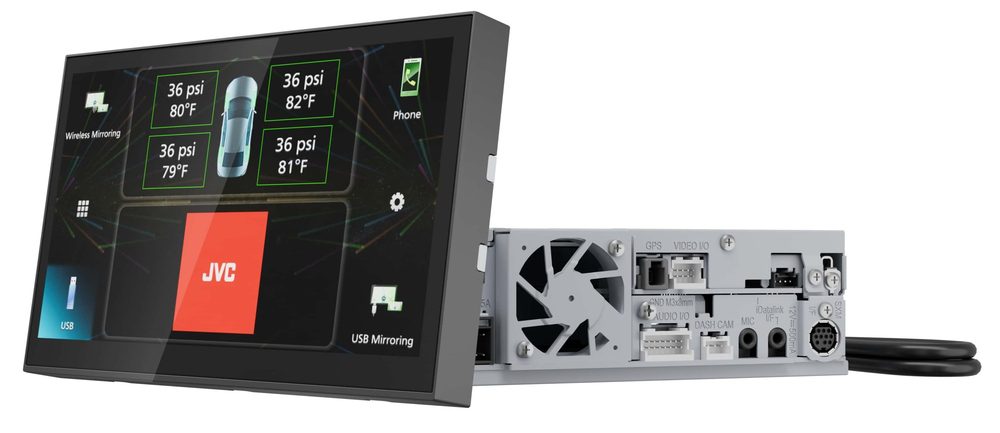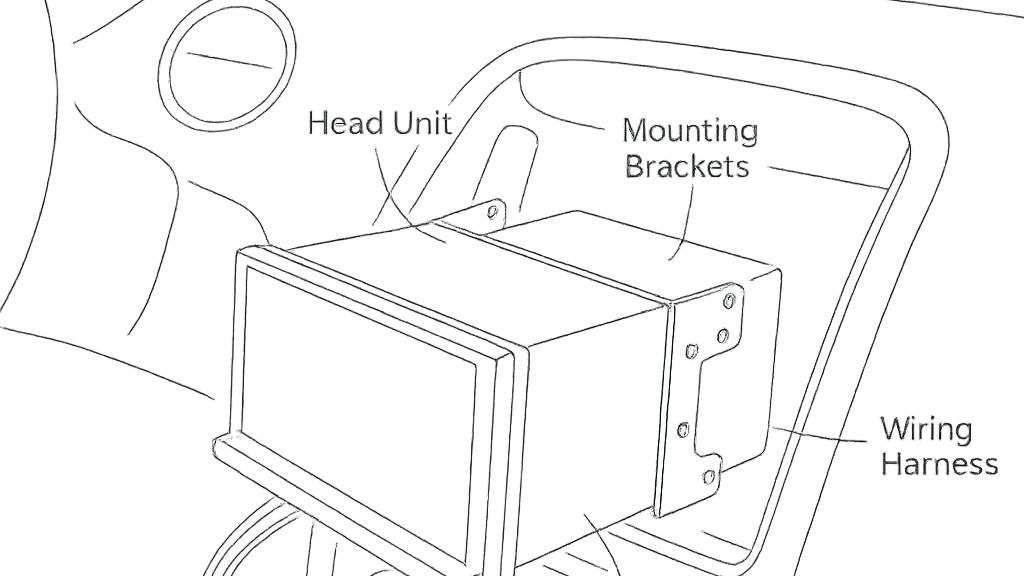Home > Learn > Choosing the Right Equipment > Unlock the Secrets of Factory Integration: Choosing Between iDatalink, Kenwood, and JVC for Your Car in 2025
Introduction
If you're like me, and you've spent a good amount of time in your car, a top-notch sound system is not just a luxury—it's a necessity. Direct replacement car stereos have increasingly become the upgrade of choice for those looking to boost their in-car audio experience. Having been in the car audio industry for over 15 years, installing hundreds of systems, I can confidently say that upgrading to these stereos is often one of the most satisfying mods, both in terms of installation and end result.
What are Direct Replacement Car Stereos?

Direct replacement car stereos are designed to fit seamlessly into your car's existing dash with minimal hassle. They're engineered to plug directly into the vehicle's factory harness without the need for extensive rewiring (thank you, plug-and-play systems!).
Advantages of Upgrading from Factory Units
- Sound Quality: Factory stereos often skimp on quality to cut costs. A direct replacement stereo, like those from the Kenwood or JVC lines, typically offers superior sound processing and amplification.
- Modern Features: Gain access to modern tech such as Bluetooth connectivity, navigation, and Apple CarPlay or Android Auto.
- Simple Installation: With vehicle-specific dash kits and direct plug-in connections, you avoid the nightmare of splicing wires. Trust me, this is a huge time and sanity saver.
Key Benefits of Direct Replacement Car Stereos
Enhanced Sound Quality
I went ahead and hooked up a Kenwood direct replacement stereo in my test setup and was blown away by the clarity and depth. Compared to the fuzzy sound of most factory setups, the difference is night and day. Back when I was running SC Autosound, this was a frequent ‘wow' moment for clients.
Plug-and-Play Convenience
One of the standout features is the simplicity of installation. These systems are designed to save time and headaches. Quick tip—always double-check that your stereo's bracket aligns with the dash kit for a smooth installation.
Vehicle-Specific Dash Kits
I've encountered numerous cars where the dash fit was less than perfect. Having vehicle-specific kits ensures the stereo sits flush with your dash, complementing your car's interior. It's a detail, but one that sets a clean install apart from a hack job.
Maintaining Factory Integration
Steering Wheel Controls
Keeping functional steering wheel controls is often a big concern for folks upgrading their stereo. Many direct replacement stereos offer full compatibility, which means you maintain all those handy buttons without a hitch.
iDatalink Direct Replacement
iDatalink modules significantly enhance integration, letting you retain OEM features like steering wheel controls and even some advanced vehicle diagnostics. I recommend this for its reliability and user-friendly setup.
Maestro Compatibility
Using a Maestro interface provides a seamless connection between your new stereo and factory settings. This boosts the direct replacement experience by making integration smooth. In one install, the Maestro module made the transition from a factory system to an aftermarket setup almost magical.
Popular Options for Direct Replacement Car Stereos
Kenwood Direct Replacement
Kenwood offers robust options that stand out in performance and value. They typically feature:
- High-res audio compatibility
- Dual-phone Bluetooth connectivity
- Customizable screen options
I particularly like Kenwood for its balance between cost and premium features.
JVC Direct Replacement

JVC’s options shine in features like user-friendly interfaces and enhanced audio performance. What I appreciate about JVC is their attention to user experience, making their stereos both intuitive and enjoyable to use.
Installation Tips and Tricks

- Tools Needed: A basic set of screwdrivers, a panel removal tool, and a wiring harness adapter kit.
- Steps:
- Disconnect the battery.
- Remove the dashboard panel.
- Unplug the factory stereo connectors.
- Connect the new wiring harness to the stereo.
- Install the stereo into the dash kit and secure everything back into place.
- Common Mistakes: Don't rush the wiring process. Double-check all connections—especially grounding wires—to avoid interference or buzzing.
Conclusion
If you're on the fence about upgrading to a direct replacement stereo, I'd say just go for it. The improvement in sound quality and functionality is well worth it, and with the ease of modern plug-and-play systems, it's a mod that's accessible to even the most novice installer. Investing in a quality system tailored to your vehicle will transform your driving experience, making every trip that much more enjoyable. Feel free to check out more about upgrading systems in my recent reviews.
Remember, after all, each car and driver is unique—your stereo should reflect that too!

